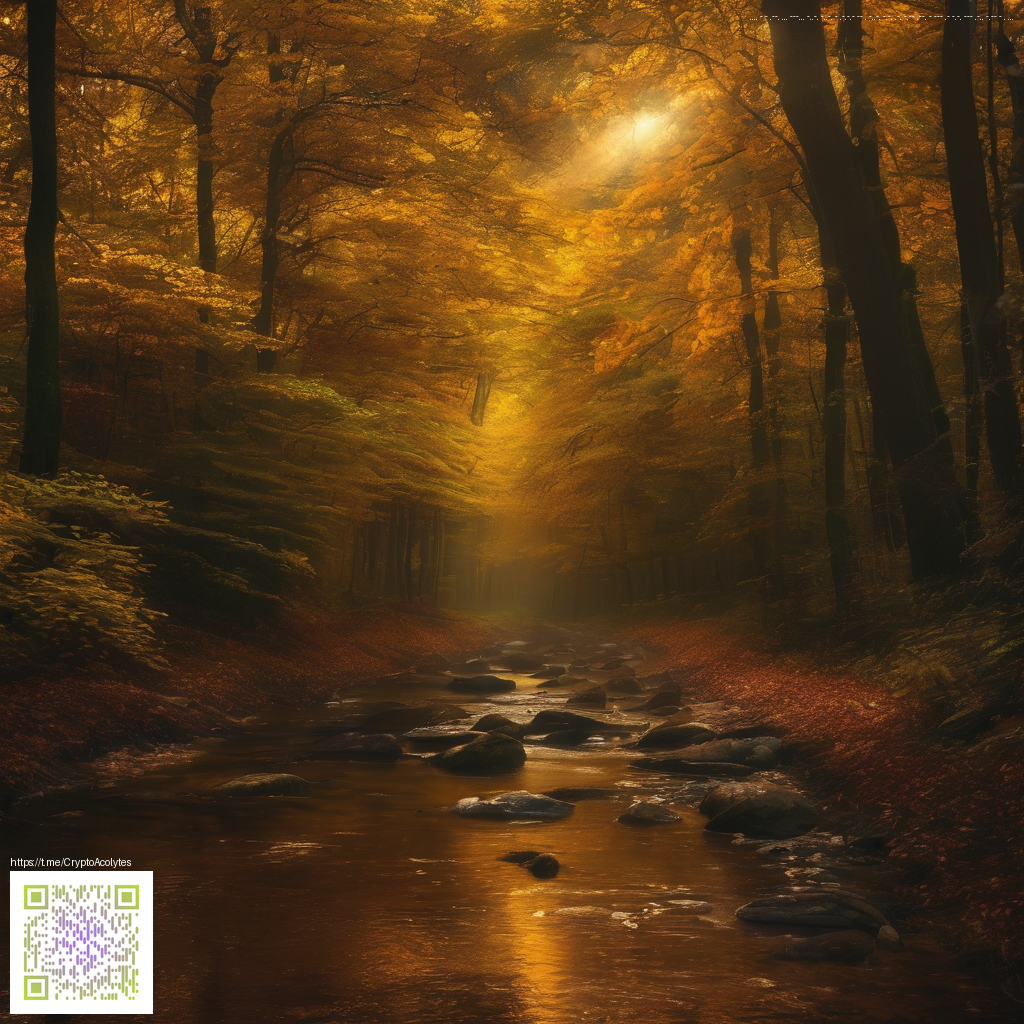
How the Soundtrack Defines the Tone of a Quiet Adventure
In a world where silence often speaks louder than dialogue, a game can become a mood as much as a moment of play. A pristine example is a certain ethereal journey that treats soundtrack and environment as a single conversation. The music does not merely accompany the action; it guides the tempo of exploration, the stakes of ascent, and the very feel of every step you take as the traveler traverses a wind-swept landscape. From the first note, the score establishes a tone that feels intimate, expansive, and emotionally honest, inviting players to lean into a calm intensity that unfolds with every crest of the hill and every echoing chime in the distance.
What makes the score so influential is its deliberate restraint. Rather than pushing the player toward a predictable crescendo, the music operates like a pulse that responds to presence and pace. When you glide through a quiet dune or drift alongside a sunlit ruin, the arrangement leans into understated strings and airy textures. When the world reveals a more monumental vista or a delicate confrontation with the unknown, the orchestration broadens, summoning a sense of awe without shouting. This tonal architecture turns exploration into a dialogue where the soundtrack asks the player what they feel in the moment and then mirrors that emotion back with refined color and texture.
Adaptive music that shapes gameplay moments
The core idea behind the score is its adaptive logic. Themes are not static motifs that play the same way every time. Instead, a central melody branches into variants that align with the traveler’s progress, environmental cues, and emergent discoveries. This creates a dynamic listening experience where the music feels earned rather than overlaid. A quiet glide along a sunlit corridor might feature a gentle, crystalline shimmer, while an ascent toward a distant ridge yields brass warmth and a rising choir. The tonal shifts are subtle yet perceptible, and players often report that their emotional arc mirrors the music even when they cannot articulate the exact arrangement in musical terms.
Such design choices have a clear payoff in replayability. Each run through the same environments becomes a fresh listening experience because the audio cues respond to small changes in pace or discovery. The result is a gameplay loop that remains grounded in tactile exploration while the soundtrack continuously reframes what the player is experiencing. It is a deliberate blend of intimacy and grandeur that turns ordinary moments into something memorable, and it is this balance that many players remember long after the screen fades to black.
Community voices and shared moments
Players across forums and streams often cite moments when the music intensified a sense of wonder or heightened tension at just the right instant. The soundscape becomes a communal memory, a chorus that a wide audience can recognize even without sharing exact words. One player might recall how a soft motif accompanied a solitary ascent to the mountain’s edge, while another remembers a different pathway where the music swelled with a choir-like warmth as a hidden discovery revealed itself. In both cases the score acts as a compass for emotion, guiding interpretation and deepening the sense of companionship that the journey offers. It is the kind of soundtrack that invites discussion about tone as much as tactics and terrain.
Developer commentary and the creative process
The creative team approached the project with a belief that audio should be inseparable from the act of moving through the world. The lead composer focused on a single, expressive core theme that could shape itself into varied moods depending on the context. Instead of dialing in loops and presets, the score was built to breathe with the player, transforming little human gestures into expansive musical ideas. This philosophy resonates with the studio’s broader design ethos, where the audience is not simply a spectator but a co-creator of atmosphere. The result is a sound design that feels alive and intimately tied to the act of journeying itself, not merely the events that occur along the way.
From a gameplay perspective, this approach helps to maintain momentum without forcing a single emotional beat. The audience experiences a continuum of feeling that aligns with the game’s rhythm of discovery, wonder, and small, meaningful triumphs. It is a reminder that tone in a game can be a partner in play, guiding not just how you feel about what you are seeing but how you decide to engage with it in the moment.
Notes on updates and the broader audio culture
Updates and post release conversations around the soundtrack emphasize the enduring importance of audio in shaping player perception. Communities celebrate the way the score invites exploration and the sense of unity when the music swells in unison with a shared moment of awe. In the wider modding and fan culture surrounding indie titles, the soundtrack often becomes the most remixable element a community can explore. Fans create cover arrangements, instrumentals, and fan videos that highlight the interplay between space, motion, and sound. The enduring appeal lies in how a carefully crafted audio layer invites players to listen actively, turning passive viewing into thoughtful engagement with the world itself.
As developers continue to discuss design choices and future projects, the takeaway is clear. A soundtrack that respects silence, breathes with movement, and mirrors emotion can become an essential tool for shaping tone. In this spirit, the title demonstrates how music is not an ornament but a structured force that guides every decision players make while wandering a world that invites quiet, persistent curiosity.
Back the Decentralized Internet